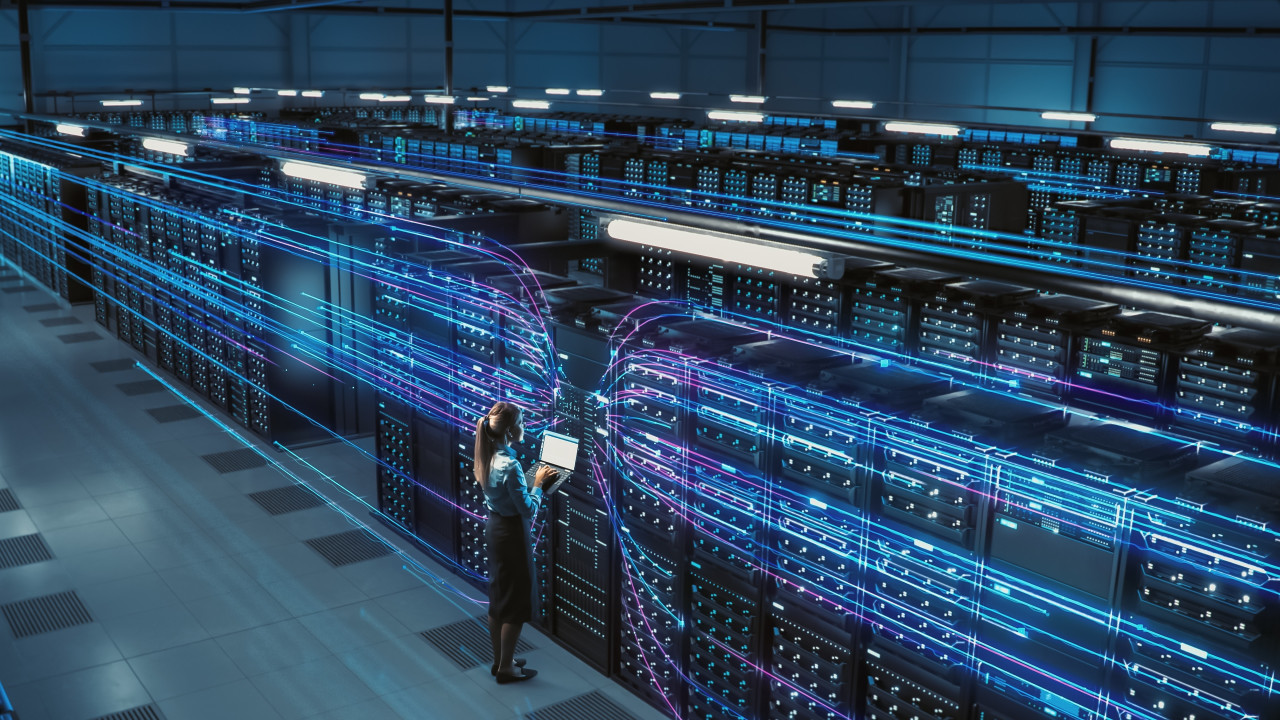Microsoft has used artificial intelligence to identify promising new battery materials for the US Department of Energy using (DoE). This use of AI enabled the company to come up with answers within a fraction of the time it would usually take human researchers, the company noted.
Batteries are a fundamental element of clean energy. Their ability to store power enables us to tide over the intermittency of renewable sources such as solar and wind by deploying battery energy storage systems (BESS) to act as giant 'power banks'. Batteries are also critical in electric vehicles, were their stored power acts as 'fuel' for the vehicle.
At present, lithium-ion batteries are the world's best bet for use in BESS or stationary storage applications as well as EV batteries. They aren't ideal, however. Lithium is relatively scarce and expensive. Often, the metal is mined using child labor and environmentally destructive processes.
Scientists have been working on new material materials and recently, two different teams announced breakthroughs in 'water batteries' and calcium oxide batteries. But identifying better battery materials is a time-consuming process, and researchers must perform multiple recharge cycles to understand real world performance of a battery.
To overcome this time hurdle, scientists at the DoE's Pacific Northwest National Laboratory teamed up with Microsoft to see if software could help shorten discovery times. The Seattle-based company used a combination of AI models and cloud computing to simulate potential chemical combinations for batteries, starting from a list of 32.6 million materials. Within 80 hours, it had identified 18 promising candidates that could be trialled.
Jason Zander, an executive VP at Microsoft, summed it up for reporters: "Something that could have taken years, we did in two weeks."
Scientists are amazed. Vijay Murugesan, head of the Material Sciences Group at PNNL, told reporters, "It's always trial and error" when attempting to discover new battery materials.
"Something comes up in my dreams or the shower, and then I come in and spend two years testing whether it works or not, and then you go back and do that cycle again for a decade," he added, before concluding with: "The success rate is not that great, to be honest."
PNNL scientists have already begun working on Microsoft's discoveries and synthesized one of the identified battery materials for testing — if the performance matches what the models predict, the world could produce batteries with 70 percent less lithium that used at present.
Post their successful partnership, the researchers expect Microsoft's technological prowess to help in more than just discovering new battery materials.
"That's the part we're most excited about … We just picked one problem," Zander said. "There are thousands of problems to go solve, and it's applicable to all of them."

Scientists demonstrate two new battery chemistries: water and calcium
Read More

